Types of Denim Jeans Wash and Finishes
"Blue jeans" have become popular casual wear items all around the world since their emergence in the 1870s as workwear for miners and cowboys. They come in a variety of fits to suit a variety of tastes and trends. The distressed appearance, which is plainly aged and worn but still intact and functional, is a key aspect of their appeal. The washing process improves the authenticity of indigo-dyed denim jeans, and by switching up the washing procedure, you may obtain a stylish look.
But what exactly is pre-wash?
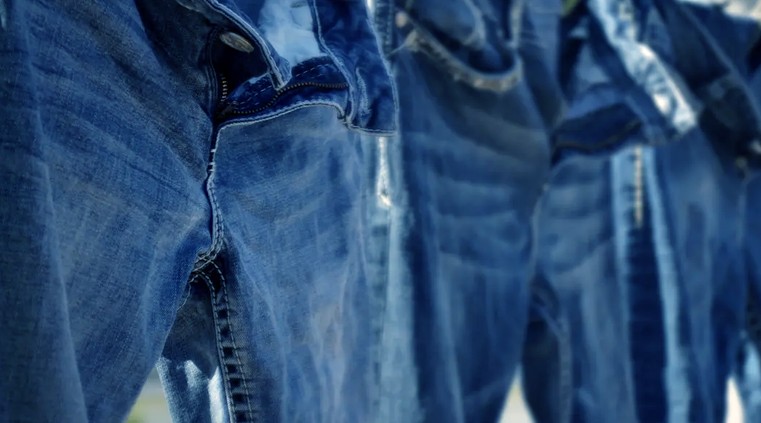
Pre-washing is an industrial procedure that combines water, chemicals, and polishing processes to simulate or improve the natural fading of denim that occurs when it is worn and washed.
Pre-cleaning is often known as "pre-treatment," and garment finishing is the technical word for the process. The goal of refining is to achieve the same look that raw denim jeans have when worn and washed on a regular basis. Jeans are also pre-washed to lighten the colour, soften the denim, and prevent "clocking," which occurs when the colour rubs off the cloth.
Pre-cleaning has the advantage of giving the wearer pants that appear to be worn immediately from the store shelves. Washed jeans are usually preferred because they are soft and comfortable. However this is also a matter of personal taste and style.
Let's look at some of the most prevalent "conventional" techniques of pre-washing pants.
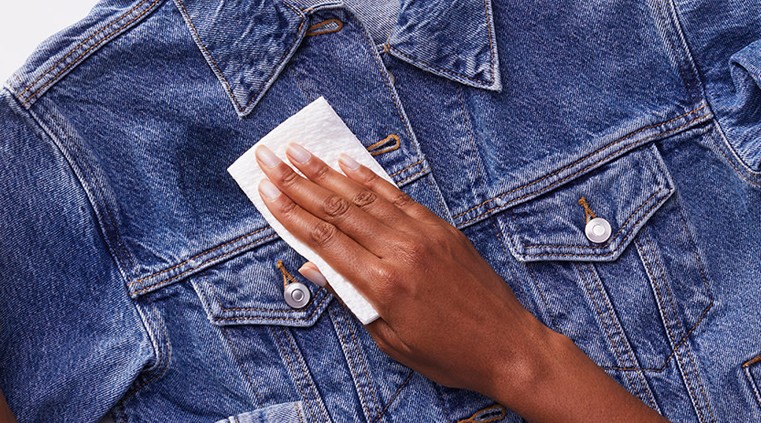
Jeans are traditionally refined
When it comes to pre-wash jeans and completing textiles, stone washing is necessary. The denim washing industry began with this pre-washing procedure, which is still used in denim laundry today.
However, things have become a little more complicated in recent years. The majority of cleaning is done using a "recipe," which combines several distinct pre-cleaning processes. Let's look at some of the most prevalent traditional garment finishing methods for enhancing the fading and suppleness of jeans.
Rinsing
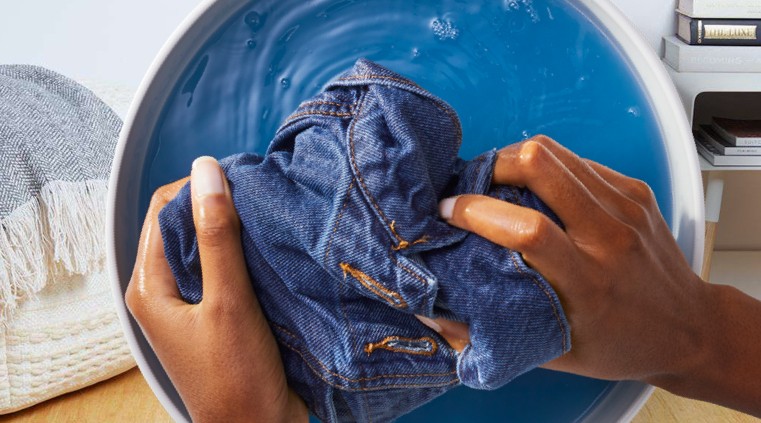
The most basic denim washing method is rinsing. Jeans should be washed with water. The goal is to soften the denim and make it appear one-washed.
Many Japanese brands sell jeans that have been rinsed and washed only once, particularly if the denim is unspun. In this situation, rinsing the jeans causes them to shrink. Before any other processing, the laundry "reduces" the jeans after they have gone through additional washing procedures. In other words, it softens the denim by removing the sizing ingredient (starch). To wash out and neutralise bleach, the rinse cycle is frequently one of the last steps in a laundry mix.
Stone washing
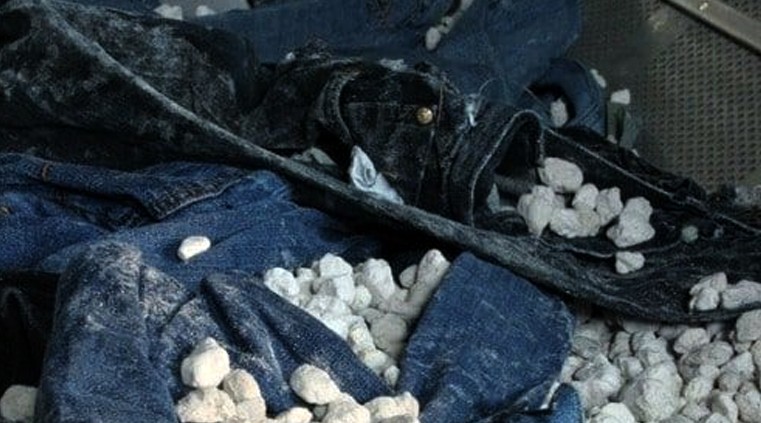
Simply put, stone washing is a method of washing the fabric with pumice stones (in this case, jeans). The stones are machine washed, and the rough surface wears the fabric and becomes indigo. The result is a smooth, faded look.
Hand Rubbing
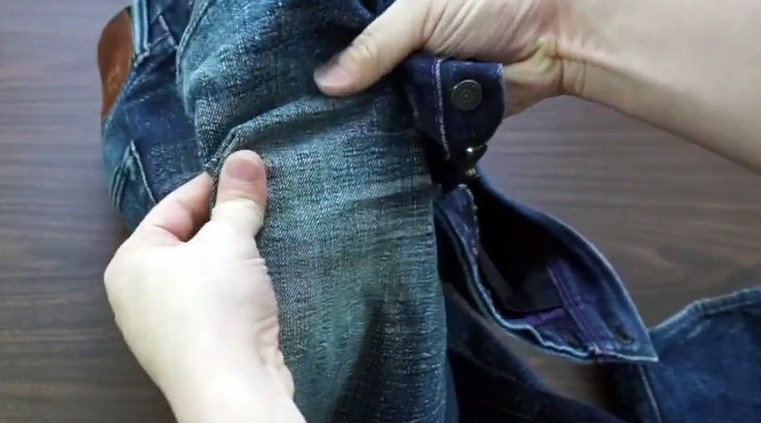
Hand rubbing is a manual finishing method used to duplicate beards and combs and is a common cause of thigh and buttock fading, usually caused by natural bruises.
As the name implies, scraping is done manually. And it's labour-intensive. Skilled artisans use sandpaper, sanding blocks, and other polishing tools to polish denim and remove paint. Forms with all creases may be used. This makes the process faster but more costly, as you have to create a new mould for each wash. Artisans can also use a drill bit for scratching the edges of the hem and pockets and making cuts.
Looks relatively easy, but if you've scratched it by hand, you know it's not. A pair of jeans that is finished depends heavily on the craftsman's skill and attention to detail. Rubbing by hand is also a commonly used finishing process to create a crack.
Sandblasting
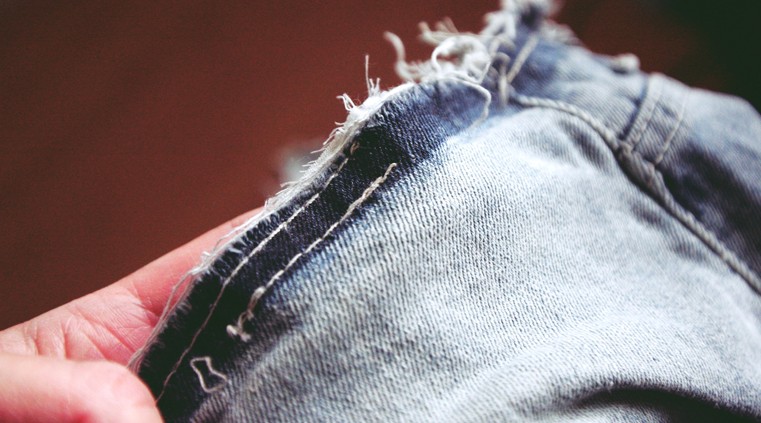
Sandblasting is a garment finishing procedure that uses high pressure to blow microscopic grains of sand into jeans. The result is comparable to hand rubbing, except it is faster and less physically demanding.
Sandblasting has been heavily criticised since being carried out without sufficient ventilation and safety equipment, and it increases the chance of employees developing lung cancer and eventually dying.
Sandblasting became more popular in the 1990s as the trend for old denim grew. However, the finishing procedure was outlawed in Turkey in 2009 after the government discovered that numerous denim workers had perished. The next year, Levi Strauss & Co., along with 40 of the world's leading denim firms, including H&M, outlawed sandblasting to end their lethal method.
Sandblasting is safe when done in a controlled environment by individuals wearing the proper protective gear. The issue is that in most sites where sandblasting was (and still is) utilised, safety is, to put it mildly, disregarded.
Bleaching
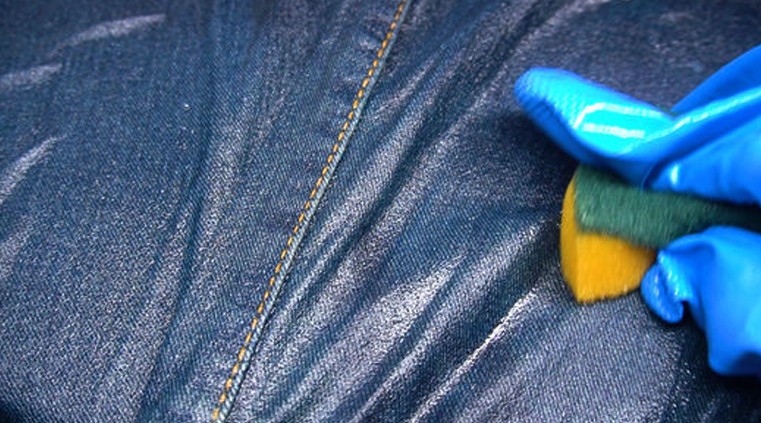
Laundry began experimenting with chemical bleaching agents such as chlorine to produce a completely washed-out effect as early as the late 1960s. This garment finishing procedure enhances the colour of jeans without causing them to fade. The
The results fade, although bleaching isn't comparable to stone washing.
Bleaching is not a viable alternative to Stone washing. It can, however, hasten colour loss and speed up the process.
PP spraying
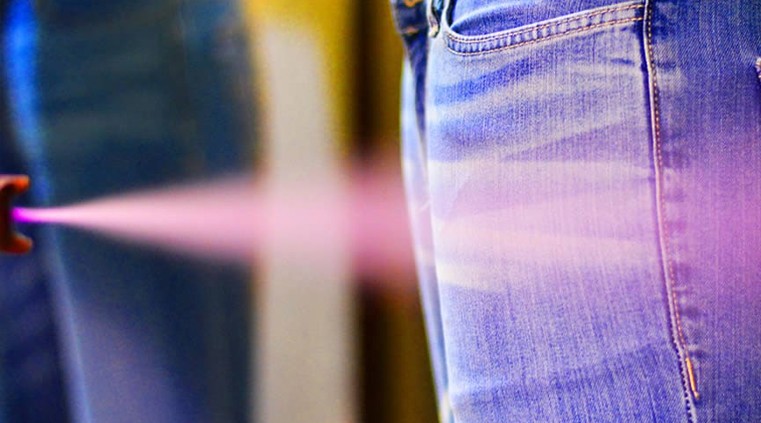
Potassium permanganate, abbreviated as "PP," is another frequent chemical used to bleach jeans without wearing them out. Like rubbing by hand, this liquid non-chlorine oxidative bleach is intended to repair local fading.
PP is sprayed on specified sections of garments linked to rubber dummies by hand. It can also be applied manually, using specific gloves or brushes, or without the use of a robot.
3D sculpting
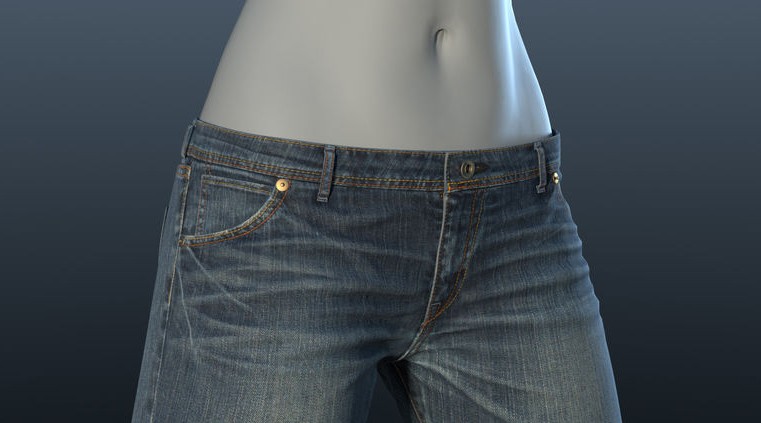
The difficulty with factory-produced whiskers and combs is that they don't always have the same 3D look as those made with natural wear. That is what 3D sculpting is all about.
This hand-applied finish replicates the look of denim that has been moulded into your body. It can be used before or after the local fading. 3D sculpting can be used both permanently and temporarily.
Jeans are generally dipped in starch or sprayed with starch to stiffen them. Then set it on a rubber dummy while bending your legs slightly as if crouching. Next, the worker creases the jeans by hand, where whiskers and combs are generally visible. Finally, jeans are roasted in a large industrial oven to remove creases.
Pre-cleaning jeans in a new and more sustainable way
Ozone Cleaning
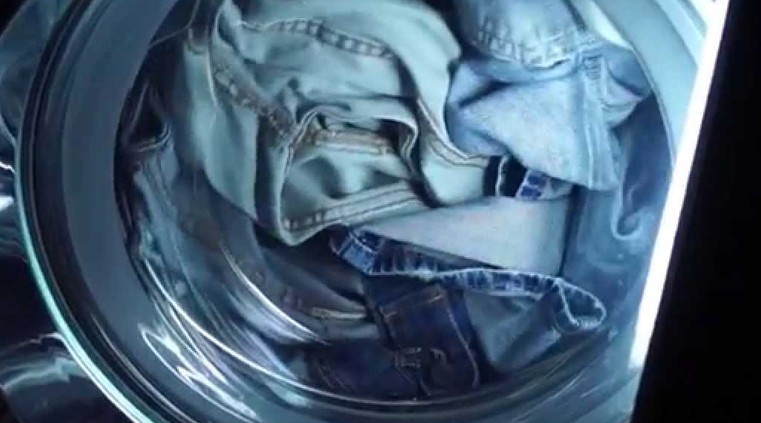
Ozone cleaning is a technique that "rinses" and fades jeans. Natural ozone gas is produced in a closed-loop by a small thunderstorm and sent to the washing machine. The ozone gas pumped into the
The washing machine has the same effect on denim as stone washing but is more environmentally friendly. Compared to stone washing, the main advantage of ozone is that it uses much less water and produces very little waste.
Cleaning with enzymes
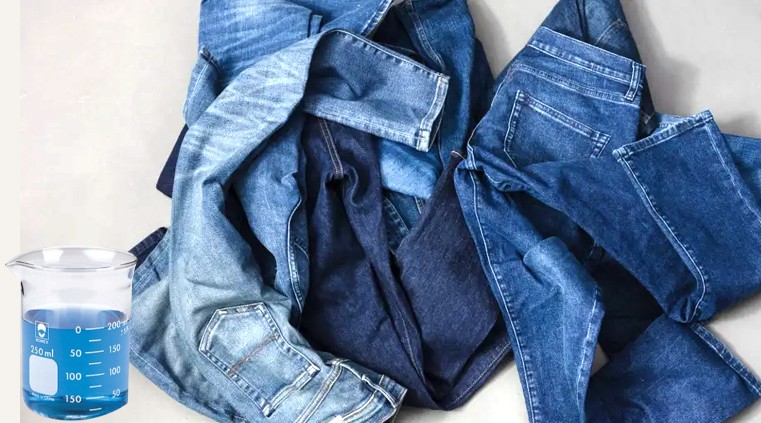
Jeans are cleaned with enzymes to give them a worn-in appearance and a soft feel. In addition, natural enzymes are used to lighten jeans in this procedure, which is a more eco-friendly alternative to stone washing.
NoStone
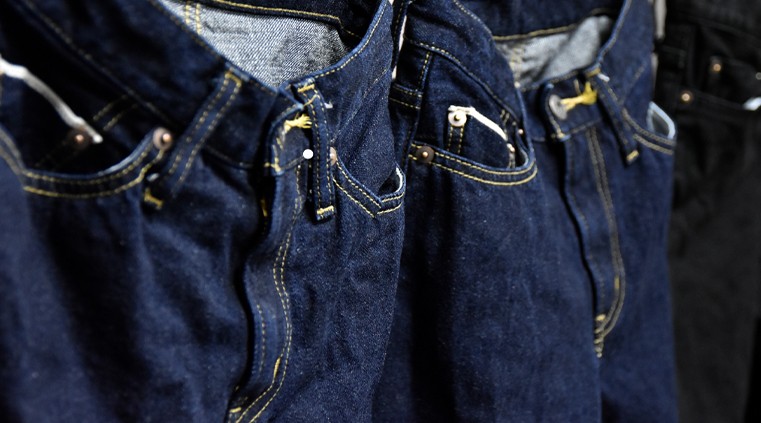
Since the early 1980s, Tonello has been one of the world's leading washing machine manufacturers.
Levi's has lately launched a new stonewash option. The NoStone approach is a mechanically unique method. The pumice stone is replaced with a polished metal plate linked to the machine's drum.
The end product is similar to stone washing but with significantly less environmental impact.
Laser
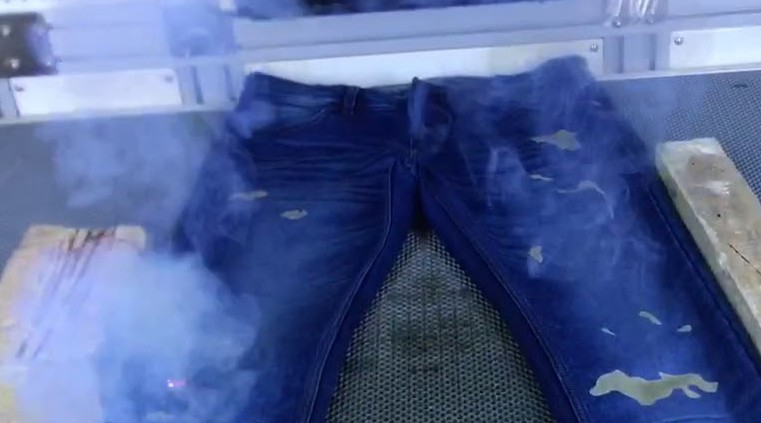
Laser technology has become more and more popular in recent years. In just a few seconds, the laser beam can create virtually any cleaning pattern. This technique does not use water or chemicals and significantly reduces the effort required compared to rubbing by hand.
Latest Posts
Categories
Tags


 +1-403-351-7777
+1-403-351-7777














